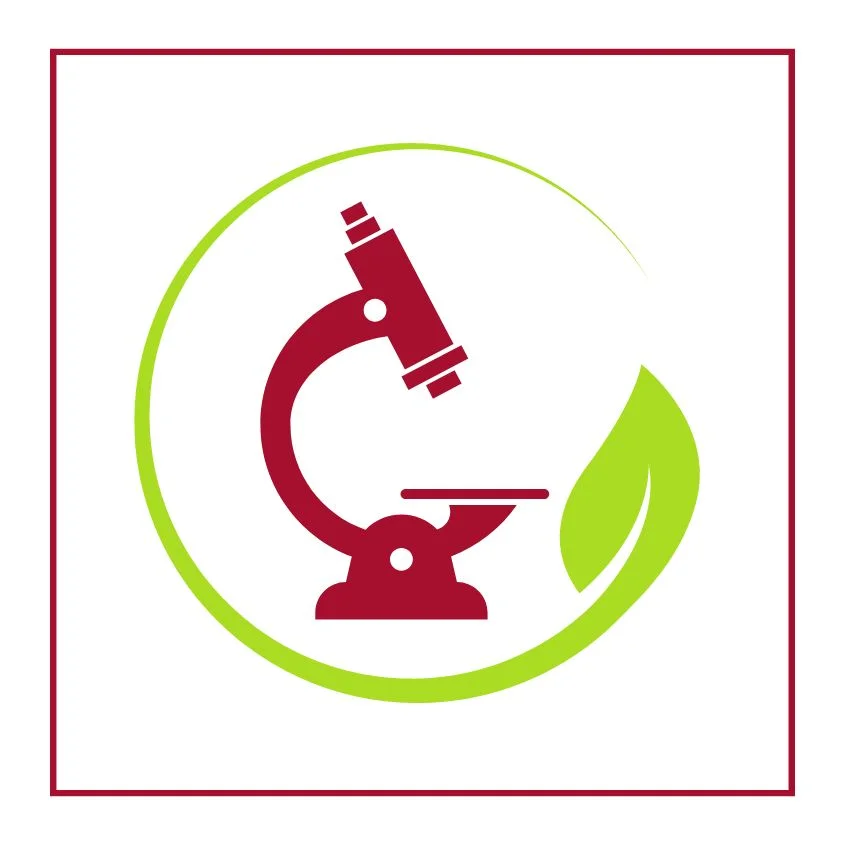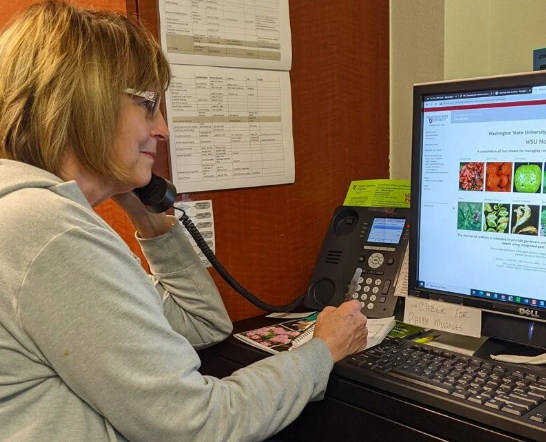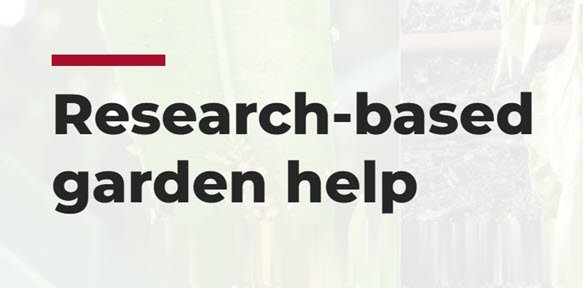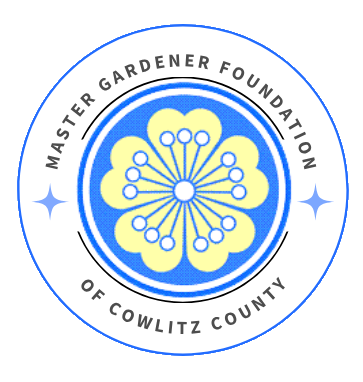Ask a Master Gardener

Have a gardening question? Just ask! The certified WSU Extension Cowlitz County Master Gardeners in our Plant and Insect Clinic have been tackling everything from simple curiosities to tough garden challenges. Backed by up-to-date, science-based knowledge and hands-on experience, we’re here to support your gardening goals. Reach us online or visit our in-person plant clinics—we’re ready to help!

Three Ways to Reach us:
Via Email:
In Person:
Drop off samples at our Extension Office
April-October: Monday, Wednesday & Thursday
November-March: Wednesdays
📞 Call: 360‐577‐3014 Ext. 1

How to Collect or Photograph Samples

Photos should be clear, in focus, and zoomed in enough to show the area of interest clearly.
For plant ID, please show close-up, of leaves, how the leaves are attached to the stem, and a picture of the entire plant, tree, or shrub.
For plant problems, please take close-ups of the area of concern, both sides of the leaf (if applicable), healthy and problem areas, as well as a look at the entire plant.
For insect ID, please show as much detail as possible.

Capture insects and immediately kill by freezing. Leave in freezer overnight. Pack gently with tissues or cotton in a stoppered vial. If desired, include sample of damage.
Do not place butterflies, moths, or bees in alcohol, as key diagnostic features will be ruined.
Do not bring crushed insects or insects caught on tape or on sticky traps

Select plant material showing symptoms of concern and submit various stages of the problem, especially the early stages.
Many problems originate belowground in and around roots– include roots and soil for more accurate diagnosis!
Please do not submit dead, dry, decayed or rotted samples as they provide insufficient material for diagnosis.

Collect samples of turf showing the symptoms of concern that is at least 4 inches by 4 inches square and 3 inches deep. Include roots, thatch, and soil.

Plants are classified on floral morphology and identified using various plant parts including flowers, fruits, leaves, buds, and stems.
Send as much plant tissue as possible to give a good representation of the whole plant.

Explore this collection of free fact sheets and guides—a treasure chest of research-backed tips, tricks, and know-how to help every home gardener grow with confidence.
